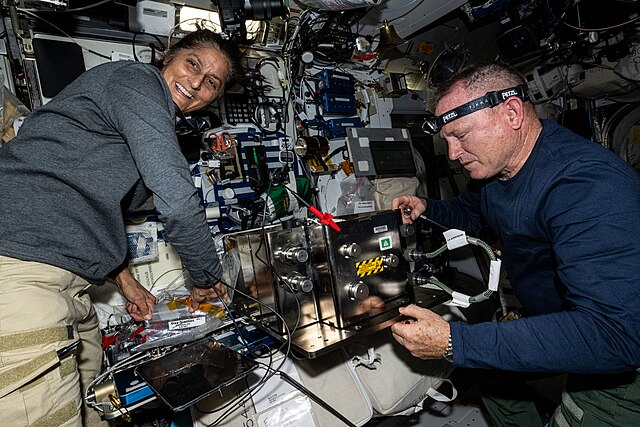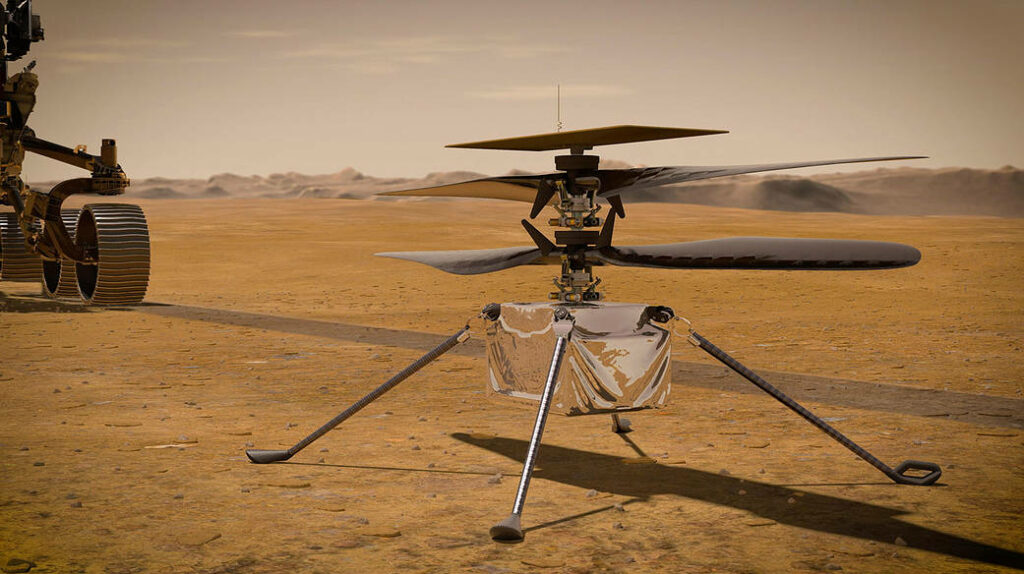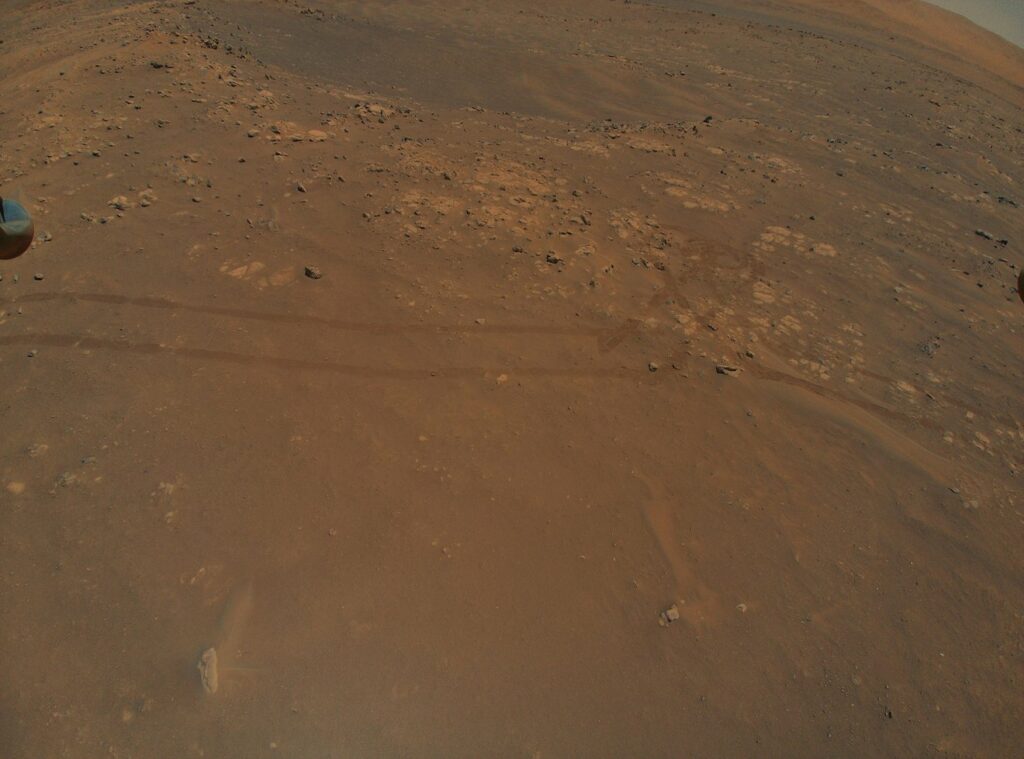The Mars Sample Return Campaign is an effort to bring samples of Martian rocks and soil back to Earth, where they can be investigated in unprecedented detail, using all the capabilities of terrestrial laboratories. It is part of NASA’s Mars Exploration Program, a long-term effort of robotic exploration of the Red Planet. NASA is collaborating with its various centers and the European Space Agency (ESA) to develop the advanced technologies and hardware needed for the campaign.
The sample return mission architecture is designed to continue the work begun by NASA’s Mars 2020 rover. The 2020 rover will collect samples on Mars and stash them on the planets surface, for subsequent return to Earth. NASA and ESA are studying a follow-on campaign that would include a NASA-led Sample Retrieval Lander that would launch the retrieved samples into Mars orbit, and an ESA-led Earth Return Orbiter that would rendezvous with the samples in Mars orbit and bring them back to Earth.
As currently envisioned, the lander launches in 2026 and arrives at Mars in 2028, touching down close to the Mars 2020 rover near Jezero Crater. It deposits the fetch rover, provided by ESA, on Mars to pick up the stashed samples and transfer them to the rocket. Another option is for the Mars 2020 rover to retain some of its collected samples onboard and deliver those samples directly to the rocket. The rocket would then become the first ever to launch off another planet, transporting the sample return container into orbit around Mars.
That’s where a separate orbiting spacecraft, provided by ESA and also launched from Earth in 2026, would rendezvous with the sample return container and ferry it back to Earth. A NASA-provided payload on the orbiter would provide the capabilities needed to capture and contain the samples, placing them in an Earth entry vehicle that would land the samples safely on U.S. soil.
Once the samples are on our home planet, scientists plan to conduct detailed chemical and physical analysis in laboratories around the world to look for signs of past life on Mars and perform many other studies beyond the capabilities of instruments delivered to Mars.
Updated Feb. 26, 2020
For more about Mars:




